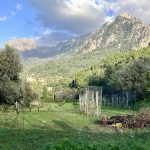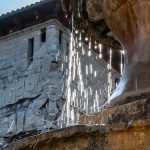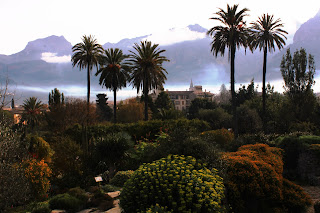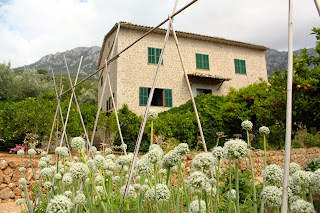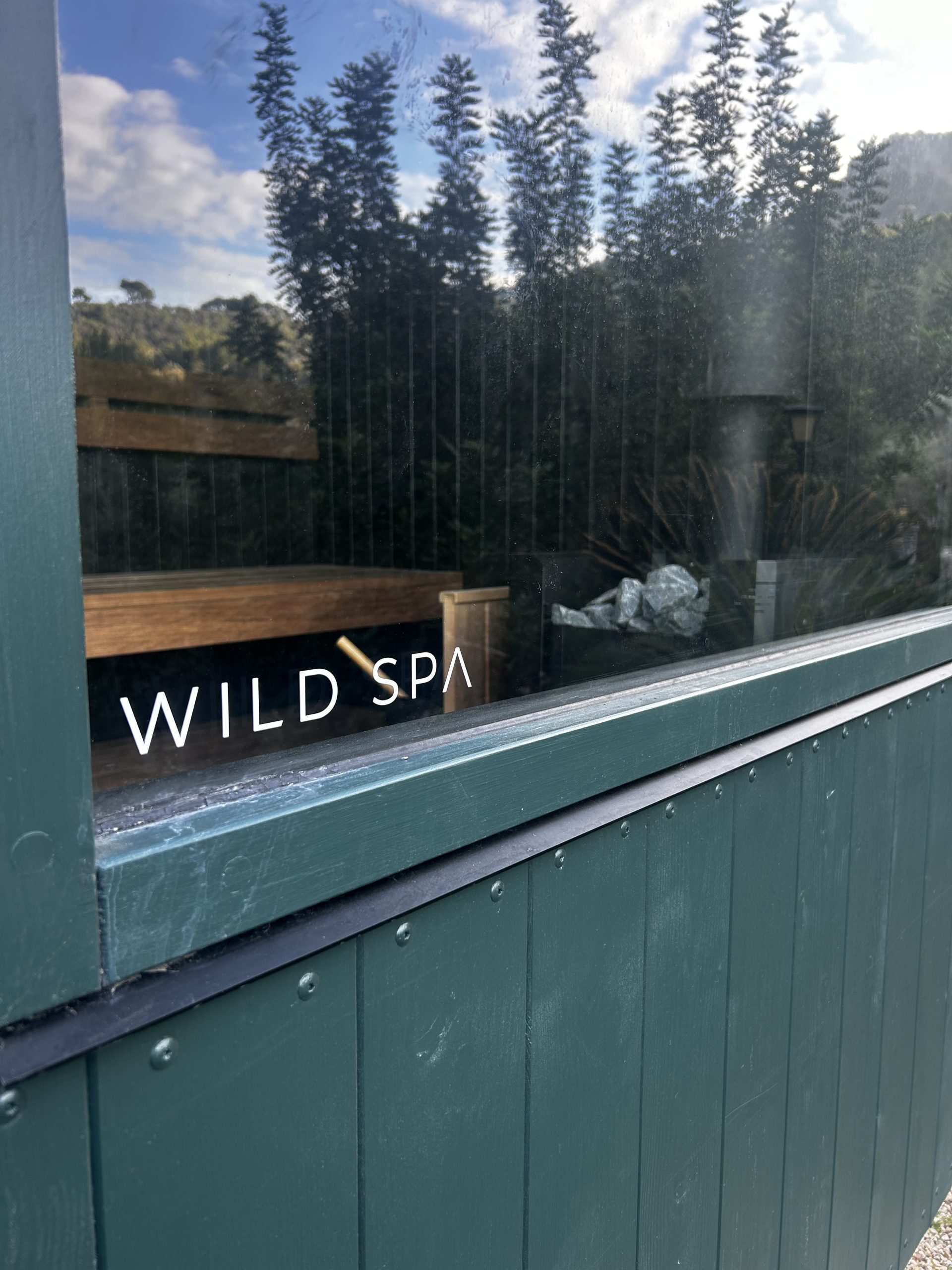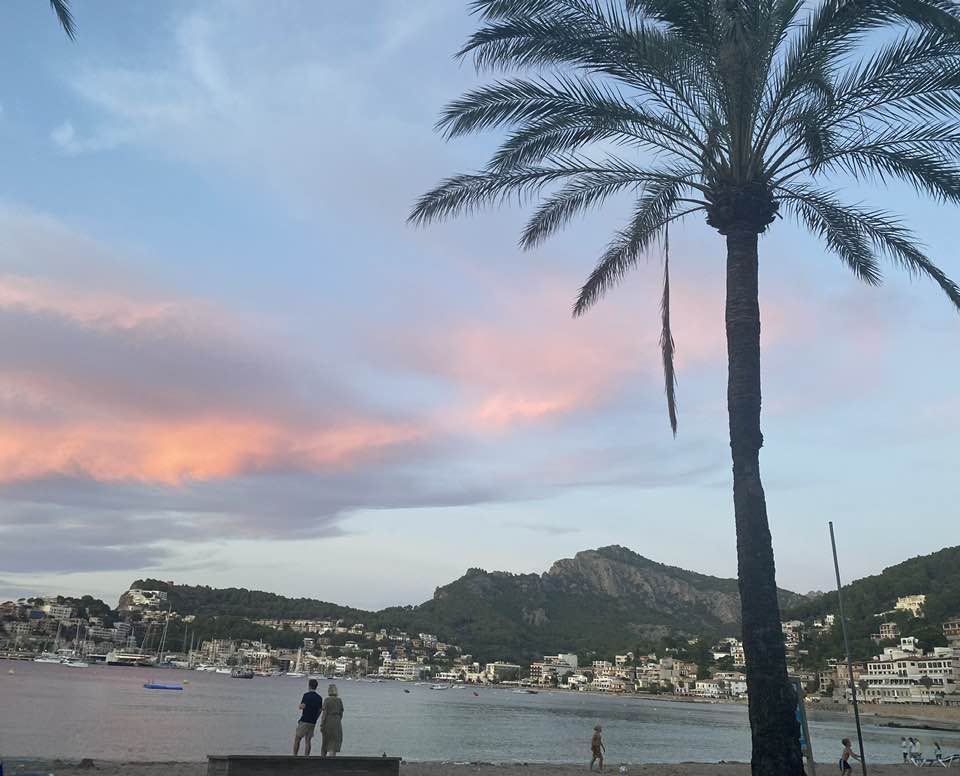The Seven Museums of the Soller Valley
Written by Shirley Roberts
Published in the Majorca Daily Bulletin
on Tuesday 11th April 2017
Photographs by Rachel Fox
How many MOMA’s have you visited? I went through my list in preparation for this article and arrived at a dozen. Los Angeles, New York, Paris, Madrid and London were among them but who would have thought that I would have my own MOMA in the exquisite and beautifully formed small City of Soller. As I am sure you know MOMA means Museum of Modern Art and all the finest cities have them. Can Prunera is ours in Soller and since it opened in 2009 houses an eclectic collection of art, installations, dolls, furniture and things. The garden plays host to concerts and the interior is a Soller palace. Can Prunera is on the list of trips that bring many people on the Soller train to our streets. A short walk from the station and up the Lluna, which is the main shopping street and there you are.
Can Prunera was built between 1904 and 1911. Nothing is known about its architect although two theories exist: according to one of them, it was Joan Rubió i Bellver (1870-1952), a Catalan architect who at that time was working on the façades of Saint Bartholomew Church and the Bank of Sóller headquarters, but there is no documentary evidence of this. The other version is that local Soller builders copied Rubio’s style and built it. These days the MOMA of Soller is owned and run by the Ferrocarril of Soller which also controls the train and tram. Can Prunera is open every day from 10.30 to 6.30.
The Museu del Castel de Cultura is Soller’s dual function Museum. It tells the story of Soller’s history and has many interesting pieces of furniture and artifacts from a bygone age. It also shares the space with the influential women of the Soller Valley and the unique position given to Maria Mayol Colum. She was the heroine of Soller who taught women to read and opened the first library for women in Soller. A very unpopular feminist of her era was in death revered and honoured in the title of an ’Illustrious daughter of Soller’. Her inspirational story is told in this place and is the key to understanding the role of the highly intelligent female activists of Soller who did so much for a bygone generation and set the stage for the world we live in today.
This museum is found at 13 Carrer de sa Mer in central Soller and is open from 10 to 1 from Monday to Saturday.
Two museums occupy a space on the main road between Soller and the Port. These are the Natural Science Museum of Soller and the Botanical Gardens. The Museum Balear de Sciences Naturals is a naturalist entity dedicated to exhibiting and conserving the natural heritage of the Balearic Islands and making the general public aware of the importance of its preservation.
The Museum, which is under municipal ownership is run by a non-profit making association, the Association Museum Balear de Science Natural through a management agreement. The Association advocated the creation of the Museum and the Botanical Gardens of Soller.
These museums are open Tuesday to Saturday from 10 till 6 pm.
In Fornalutx you will find CAN XOROI which is a building housing an old olive press. This place has been converted into a Tile Museum. At the last count there were over 200 tiles taken from the demolition of 25 old buildings. These have been loving restored and are preserved here. Tiling is a huge feature of Mallorquin architecture and this Museum is a testament to the skills of the past.
Can Xoroi is found at Sa Font 8 in Fornalutx and is open on Friday and Saturday from 10.30 to 13.30pm.
In Deia the Archeological Museum holds many secrets of the Mallorquin world and soil. The digs that generations came here for and their televising on the Time Team in the UK ensure that many still knock of the door of the Waldren’s creation to find the secrets.
The museum was founded in 1962 by the American painter and archaeologist William Waldren, this museum exhibits several findings from local sites, in particular the one at Muleta (Sòller), where remains of the Myotragus were first found related to human dwellings.
To visit please phone first on 699 957902
Also in Deia you will find La Casa de Roberts Graves
Poet and author Robert Graves (1895-1985) lived in Deià, Mallorca, from 1929 until his death. He is buried under a great cypress tree in the lovely churchyard next to the church. His house in Deià was acquired by the Fundació Robert Graves and has been refurbished and adapted for visitors. It opened to the public in the summer of 2006. A unique opportunity to view the life and work of Robert Graves is contained right here.
Open from 10 to 5 pm Monday to Friday and 10 till 3 on Saturdays.
The house is found on the main road through Deia and is well signposted.
The seven museums mentioned here are all worthy of a visit. So much of our world and history is contained here and will allow you to understand much of what makes the Soller Valley tick.
We hope you enjoy them…


